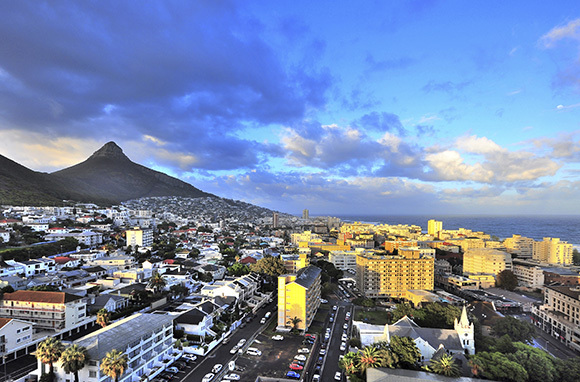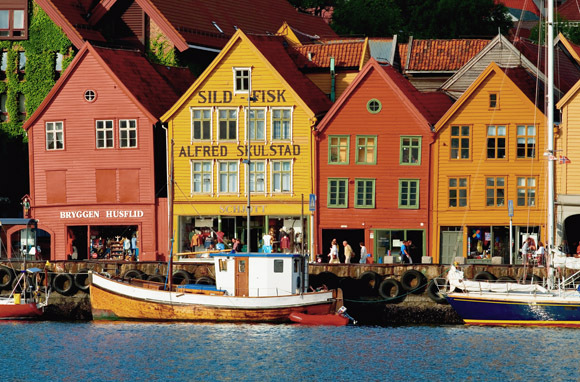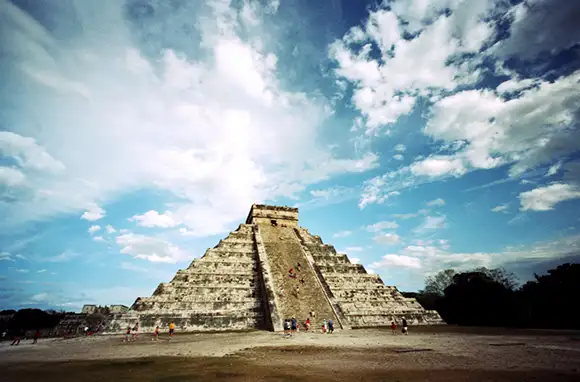
Our heritage is what defines us. We live in and among the very places that our ancestors built and cultivated years before we were here. Today, UNESCO protects these historical sites so that we can explore, understand, and learn from our collective past (the perfect pursuit, we think, on any vacation).
Think these spots are all far, far away, in distant foreign lands? Think again. We’ve picked a few that are practically in your own backyard. Here are 10 amazing UNESCO World Heritage sites in North America, from Pennsylvania to Puerto Rico and beyond.
Image Gallery
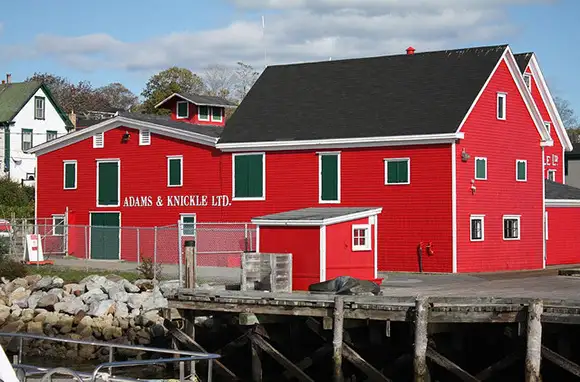
Old Town Lunenburg, Nova Scotia, Canada
A seaside town on Nova Scotia's South Shore, Lunenburg is bursting with charm and nautical history. Quaint crimson-painted wooden houses and historical churches line the harbor. In town, galleries, distilleries, and a remarkably informative fishing museum, complete with a boatbuilding shop and whale bones, welcome amblers. In fact, experts say a guided walking tour, threading through Lunenburg's perfectly preserved streets, is the best way to get acquainted with this former British colonial settlement.

Old Town Lunenburg, Nova Scotia, Canada
A seaside town on Nova Scotia's South Shore, Lunenburg is bursting with charm and nautical history. Quaint crimson-painted wooden houses and historical churches line the harbor. In town, galleries, distilleries, and a remarkably informative fishing museum, complete with a boatbuilding shop and whale bones, welcome amblers. In fact, experts say a guided walking tour, threading through Lunenburg's perfectly preserved streets, is the best way to get acquainted with this former British colonial settlement.
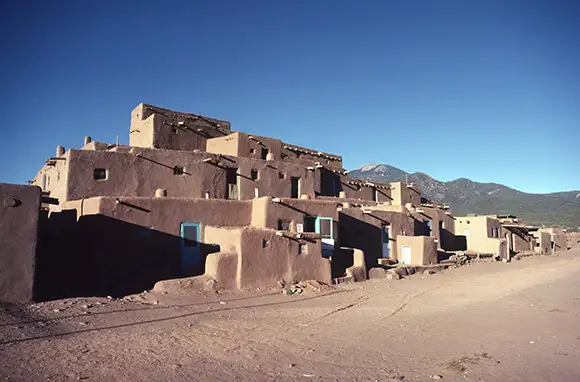
Taos Pueblo, Taos, New Mexico
Taos Pueblo, sitting in a small, sandy valley in northern New Mexico, is the only living Native American community designated both a UNESCO World Heritage site and a National Historic Landmark. Archaeologists estimate that the ancestors of the Taos Indians lived in this very spot long before Columbus landed on America's shore (and its oldest structures likely date back to 1000 CE). It's still inhabited, and tradition dictates that current residents use no electricity or running water when living within its adobe walls.
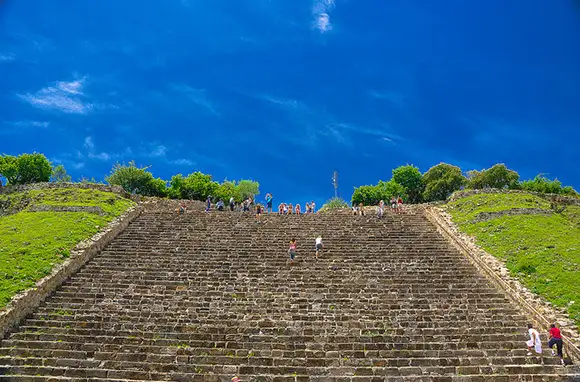
Archaeological Site of Monte Alban, Oaxaca, Mexico
In southwestern Mexico, just a few miles west of the modern city of Oaxaca, find this less-famous (but no less worthy) archaeological site. A number of native peoples built and refined the canals, dams, pyramids, and structures of Monte Alban over the course of 1,500 years, literally carving the site out of the mountainsides. They left behind a grand capital filled with advanced architectural design, ancient tombs, sacred sites, and even a ball court, some 1,300 feet above the Oaxaca Valley below.
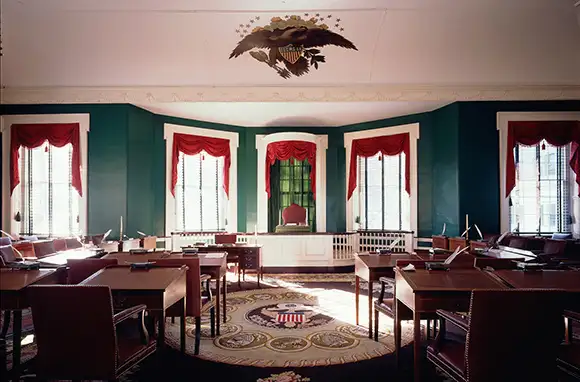
Independence Hall, Philadelphia, Pennsylvania
Uncover the birthplace of a nation in some 20 city blocks, with the UNESCO-designated Independence Hall as its centerpiece. In this modest brick structure topped by a bell tower, the Declaration of Independence was drafted and the thoroughly American experiment with democracy begun. Take a tour of the historic hall itself, visit the cracked Liberty Bell, or enjoy a number of special National Park Service-led programs during Freedom Week (the week surrounding the Fourth of July, when Philadelphia's streets burst with crowds, fireworks, and a patriotic parade).
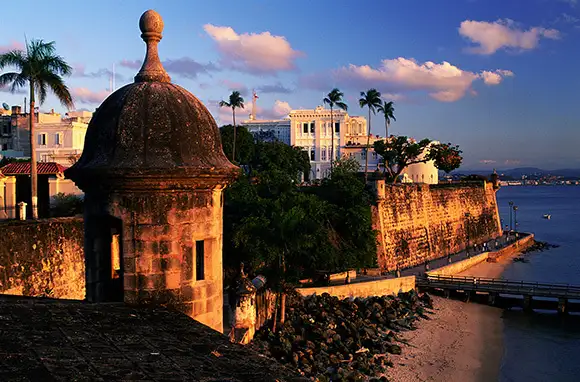
La Fortaleza, San Juan, Puerto Rico
Visitors flock to San Juan for its all-inclusive resorts and golden-sand beaches, but this hub has much to offer by way of history as well. La Fortaleza, a 16th-century military structure perched on San Juan's harbor, gives visitors a glimpse into San Juan's past as a well-defended colonial seaport. It is now the current official residence of the Governor of Puerto Rico (the oldest executive residence in North America) as well as a major attraction for guided tours of its sumptuous interiors of mahogany and wrought-iron scrollwork.
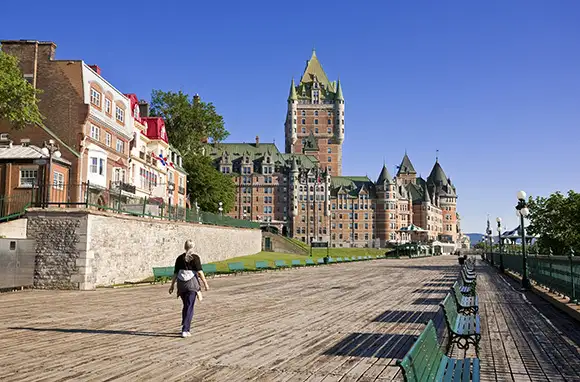
Historic District of Old Quebec, Quebec, Canada
When Samuel de Champlain settled Quebec, he chose a spot on a precipitous plateau overlooking the St. Laurent River. From that point, a lively city grew outward, with colonial churches, convents, and fortresses flanking its heart and a bustling harbor below. The former capital of New France is today alive with history, with the grand Fairmont Le Chateau Frontenac (Canada's most iconic hotel) front and center. A spirited Winter Carnival takes over the World Heritage city each year.
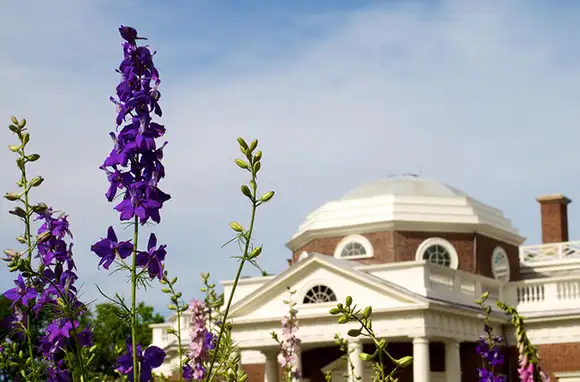
Monticello and the University of Virginia, Charlottesville, Virginia
Thomas Jefferson's beloved Virginia home, set among the rolling hills of rural Virginia, is a much-loved tourist attraction and historical site. See Monticello's neoclassical architecture, vineyards, and gardens (Jefferson was an avid botanist) and get acquainted with the life of one of the country's exceptional Founding Fathers. The picturesque estate, the only presidential and private home in the U.S. on the UNESCO World Heritage list, is unmatched. Tours, films, exhibitions, and lectures offer an in-depth view of Jefferson's life.
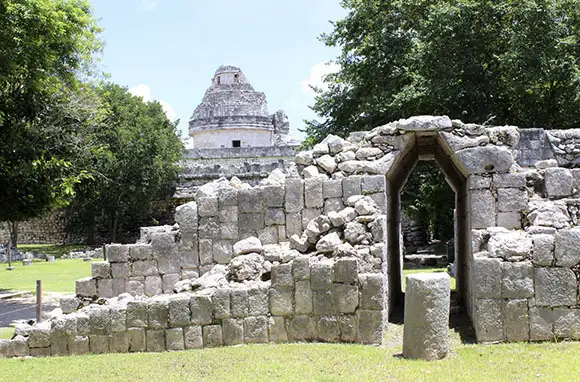
Pre-Hispanic City of Chichen-Itza, Yucatan, Mexico
At Chichen-Itza, a towering stepped pyramid and a few other structures are what remain of a bustling urban center built by the Maya people a millennium ago. With 365 steps (one for each day of the year), the main temple of Kukulkan rises from the ground, a mystical-seeming testament to the technological skills of an ancient people. The ruins are one of Mexico's most visited sites, with frequent bus service from Merida and Cancun connecting vacationers to an enduring piece of Mexico's past.
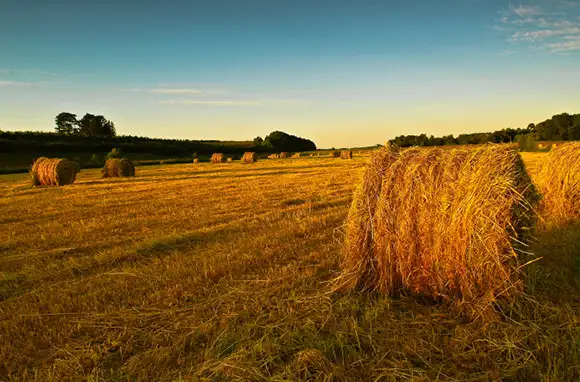
Landscape of Grand Pre, Nova Scotia, Canada
This stunning "living landscape" of Grand Pre in Nova Scotia became Canada's 16th UNESCO site in 2012. Here, the Acadians and native Mi'kmaq peoples lived in peace, maintaining crops and settlements beside the picturesque Bay of Fundy for years. Today, visitors embark on a 45-minute drive from Halifax to take in the area's incredible scenery, farmers' markets, and vineyards, staying the night in the cozy bed-and-breakfasts that dot the Grand Pre's golden meadows.
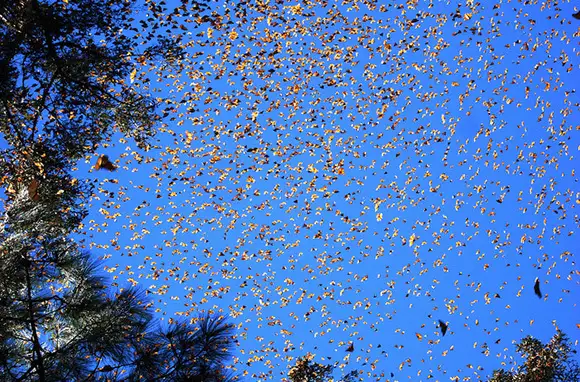
Monarch Butterfly Biosphere Reserve, Michoacan, Mexico
An explosion of orange and the sound of a billion fluttering wings descend on Mexico each year. Scores of monarch butterflies from all over North America return to this protected biosphere, alighting on the firs and, according to UNESCO, "literally bending their branches under their collective weight." Why they return and in such numbers remains a mystery, but the natural phenomenon draws eco-minded tourists each year, ensuring the site against overdevelopment.
You Might Also Like:
<img style="vertical-align: middle" "margin: 0 0 0 0;" src="http://u.slimg.com/smartertravel/gallery/cover/originals/stm53b4038b90f7d20140702.jpg" alt="" width="125" 15 World Heritage Sites You Haven't Heard of Yet
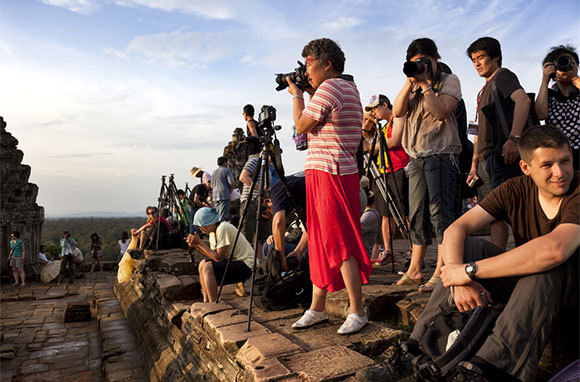 Disappearing Wonders: World Heritage Sites in Danger
Disappearing Wonders: World Heritage Sites in Danger
We hand-pick everything we recommend and select items through testing and reviews. Some products are sent to us free of charge with no incentive to offer a favorable review. We offer our unbiased opinions and do not accept compensation to review products. All items are in stock and prices are accurate at the time of publication. If you buy something through our links, we may earn a commission.
Related
Top Fares From Columbus, OH
Today's Top Travel Deals
Brought to you by ShermansTravel
Shop and Save with Country Inns...
Patricia Magaña
 Hotel & Lodging Deals
Hotel & Lodging Deals
$229 -- Chicago: Discounted Rates and...
Francesca Miele
 Hotel & Lodging Deals
$229+
Hotel & Lodging Deals
$229+
$188 -- Honolulu: Save on Oceanview...
Abigail Lamay
 Hotel & Lodging Deals
$188+
Hotel & Lodging Deals
$188+
